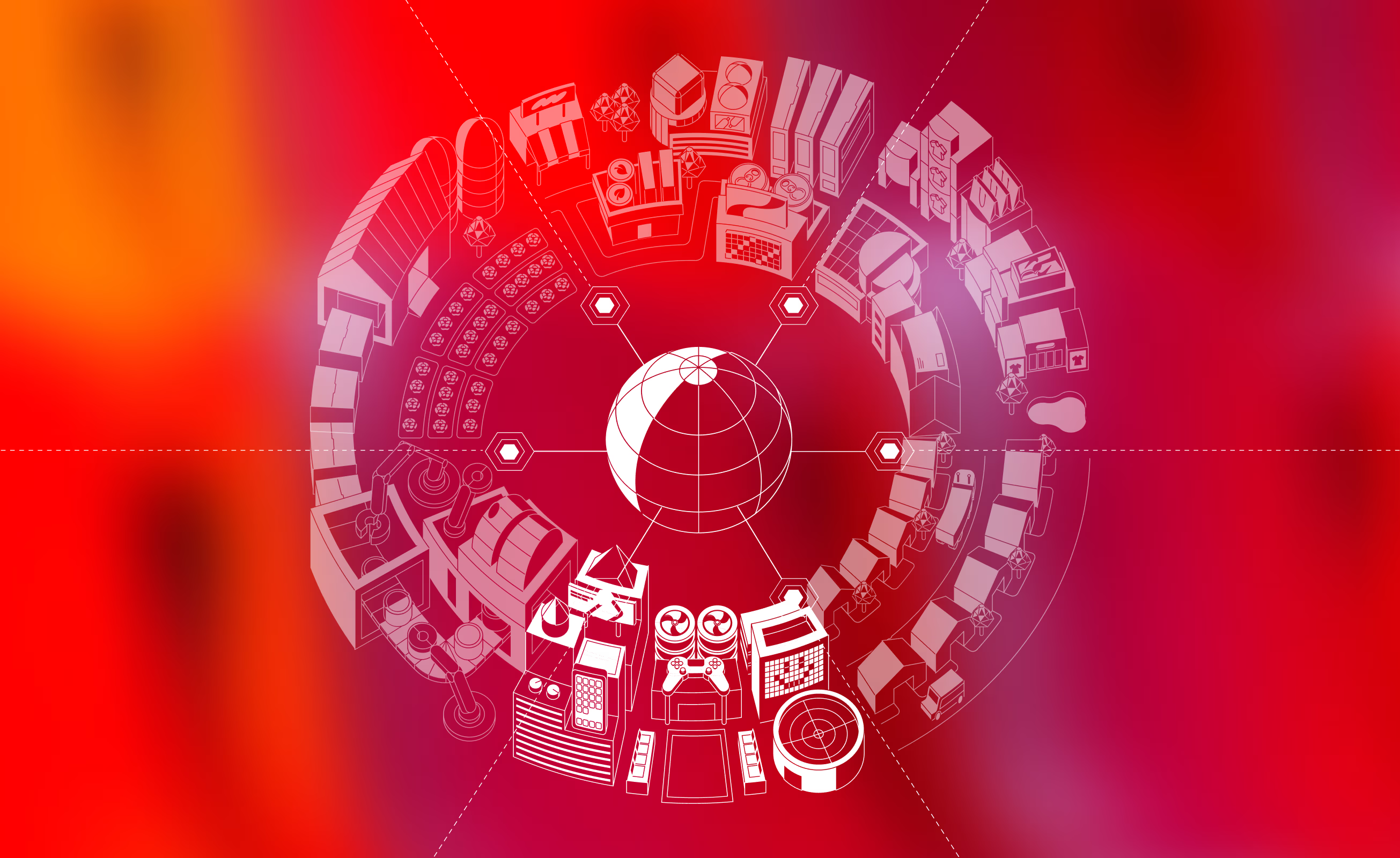Learn how to plan, execute, and optimize your ERP migration, covering strategy, data, testing, and integration to ensure long-term success and adoption.
What Is ERP Migration and Why Now?
Enterprise resource planning (ERP) migration is the process of moving an organization’s data, configurations, and business processes from an old MRP or ERP system to a new system or platform like SAP ERP. This can involve structural changes, especially when transitioning from legacy systems that lack modern capabilities.
Migration often includes rethinking workflows, cleaning up data, and shifting infrastructure, such as moving to cloud ERP solutions. ERP migration is a strategic opportunity for companies focused on optimizing business operations and increasing agility to modernize how the organization functions at every level.
Business Benefits of ERP Migration
Upgrading to a modern ERP solution provides greater scalability, better enterprise application integration capabilities, and improved data accuracy through automated validation and centralized systems. With more accessible data, teams can make faster, better-informed decisions.
A new ERP system can also reduce reliance on manual workarounds or third-party plugins by moving away from older MRP or ERP environments. Replacing legacy ERP systems unlocks long-term benefits across enterprise resource planning, supply chain visibility, compliance tracking, and cross-team collaboration, without the uncertainty of older and disconnected tools.
Laying the Groundwork: Business Case and Legacy Assessment
The ERP data migration process is a major initiative that needs a strong business case to justify the investment. Start by assessing the limitations of your current ERP system and place a dollar value where possible. These could include poor integration capabilities, recurring performance issues, or rising costs from workarounds.
Stakeholders should clearly understand how a modern ERP solution can improve efficiency, scalability, and real-time data access. Link the project with your broader business operations goals, whether it’s optimizing supply chain efficiency, reducing manual processes, or consolidating systems after a merger. Lay out the cost difference over time between maintaining your legacy system and implementing a new ERP solution. A well-articulated case sets the foundation for stakeholder buy-in, budgeting, and planning.
Auditing the Legacy ERP Environment
Before beginning any data migration project, thoroughly audit your legacy ERP infrastructure. This includes documenting modules in use, key integrations, and how your existing system stores, accesses, and maintains data.
Identify which business processes are tied to the system, and flag pain points like data silos, inconsistent reporting, or lack of automation. Understanding what the ERP platform is doing and failing to do helps prioritize the functionality you want from your new solution. This is also the stage to define data quality standards and begin thinking about what data should be migrated, cleaned, or left behind.
Building a Strong ERP Data Foundation: Best Practices for Migration
Successful ERP data migration hinges on consistency, cleanliness, and control. Use these data migration tips to guide your approach:
Audit existing data for redundancies, outdated fields, and inaccuracies.
Cleanse and standardize data fields to prepare for structured imports.
Use data mapping tools to align legacy fields with the new system architecture.
Convert data in stages, starting with high-priority datasets.
Validate migrated data throughout the process to ensure integrity.
Automate wherever possible using migration tools that support error logging and rollback.
Document everything for a robust knowledge base during testing and troubleshooting.
A strong migration strategy begins with knowing what data to move and what to leave behind. Focus on transferring relevant data, such as current transactions and historical data tied to compliance or forecasting. Archive low-value or redundant data to reduce risk and load.
Protect data accuracy by defining validation checkpoints and ownership roles. Address data quality issues before migration to avoid introducing problems into the new environment. Keep system downtime minimal by transferring existing data in waves and testing data integrity throughout. Planning early helps prevent data loss, avoid rework, and ensures your ERP system's database launch is clean, consistent, and ready for scale.
Planning and Running a Smooth ERP Migration
A successful ERP migration project starts with careful planning. Build a detailed roadmap with milestones, dependencies, and a realistic timeline. Assign roles across your migration team, from data owners to project leads and technical subject matter experts (SMEs).
Break the project into phases that coordinate with business priorities and ensure minimal disruption. Your ERP migration checklist should include risk mitigation strategies, fallback plans, and testing checkpoints. Whether you’re managing a complete system overhaul or a staged ERP project, this phase is where cost control, stakeholder confidence, and long-term success begin to take shape.
As the migration project moves into execution, communication and visibility are vital for success. Keep key stakeholders informed with regular updates and flag issues early. Use project management tools to track progress, manage dependencies, and facilitate team collaboration. Monitor critical system functions like supply chain transactions or HR integrations to avoid downtime.
A phased approach reduces risks, especially for complex ERP migration steps like data cutover or integration testing. By staying agile and transparent, your ERP migration can go live without halting business or escalating hidden migration costs.
Integration, Testing, and System Readiness
Integration is one of the most overlooked phases of ERP implementation, especially with systems that handle supply chain, finance, or EDI. Confirm that your new ERP system supports your business's integration protocols. This includes customer relationship management (CRM) tools, warehouse systems, and EDI platforms.
When consolidating systems or onboarding new trading partners, complexity can escalate quickly. This is where integration capabilities become vital. A unified platform like Orderful can simplify these connections while reducing long-term costs. Before going live, map out key data flows and test how your ERP interacts with other applications.
Testing Across Systems for Accuracy and Continuity
Testing is the final opportunity for QA to catch issues before they affect users or disrupt operations. Build a detailed testing plan that covers workflows, permissions, and data exchange scenarios, particularly for supply chain and financial processes. Follow these steps to ensure your migration has gone smoothly:
Validate integration points, user access, and data accuracy across the ERP system’s database. Run volume testing to simulate high-traffic situations and edge-case conditions.
Involve end users in functional testing to ensure real-world readiness.
Prepare a rollback plan in case data consistency or uptime is compromised. A successful migration project isn't complete until you're confident in your data's continuity.
Driving Adoption Through Change Management
Even the best ERP system can fail without user adoption. Driving change requires a clear strategy for engaging stakeholders, communicating benefits, and supporting users through training.
Engaging Stakeholders
The success of ERP migration depends on the support of the people who rely on it daily. Identify key stakeholders across departments, particularly those tied to critical business processes like procurement, supply chain, or finance. Engage them early with project updates and input sessions to build a sense of ownership.
Communicate the reasons behind the system change, highlighting how the new ERP improves workflow efficiency and usability. Also consider the impact on customer relationships and internal systems like human resources applications. Clear, consistent communication reduces resistance and encourages supporters who help drive broader adoption.
Training for ERP Adoption
Training is an ongoing strategy to reinforce the ERP system’s value. Develop a plan that includes role-specific training, system simulations, and internal documentation. Empower users to explore functionality at their own pace while providing support for more complex tasks.
Use internal supporters to lead by example and offer feedback loops that catch common user frustrations early. The best ERP migrations build lasting confidence and system fluency across teams. Well-trained users become stewards of clean data, efficient workflows, and long-term system sustainability.

Evaluating Post-Migration Success and Support
Go-live isn’t the finish line — it’s the start of long-term ERP success. Measuring impact and planning for ongoing support ensures your system continues to deliver value.
Measuring Success with KPIs and Feedback Loops
Once the ERP system is live, metrics become your most valuable tool. Define key performance measurements for system usage, process efficiency, and data accuracy. Compare these against pre-migration benchmarks to evaluate ROI and identify any lingering gaps.
User feedback is also essential. Monitor support tickets and training follow-ups to spot problem areas early. Regular department-lead check-ins can reveal workflow issues that performance measurements might miss. You can clean up relevant data and fine-tune the system for long-term performance by combining metrics and on-the-ground input.
Planning for Growth, Maintenance, and Evolution
A modern ERP system is an ever-evolving part of operations. Establish a plan for ongoing support and proactive maintenance, including updates, patches, and process optimization reviews. Build a plan for evaluating feature rollouts or integration needs, especially as your organization grows.
Encourage teams to document evolving processes to preserve the group knowledge base. When properly maintained, an ERP system becomes a foundation for continuous improvement, supporting future initiatives in automation, reporting, and strategic decision-making across your business.
Final Thoughts: Drive Smarter ERP Migrations with Orderful
ERP migration is the perfect opportunity to modernize how your systems communicate. Orderful’s integrated EDI platform simplifies trading partner connections and reduces complexity during ERP transitions.
Looking to streamline your migration and accelerate onboarding? Talk to an EDI expert today and explore what Orderful can do for your business.
- 01What Is ERP Migration and Why Now?
- 02Business Benefits of ERP Migration
- 03Laying the Groundwork: Business Case and Legacy Assessment
- 04Building a Strong ERP Data Foundation: Best Practices for Migration
- 05Planning and Running a Smooth ERP Migration
- 06Integration, Testing, and System Readiness
- 07Driving Adoption Through Change Management
- 08Evaluating Post-Migration Success and Support
- 09Final Thoughts: Drive Smarter ERP Migrations with Orderful

